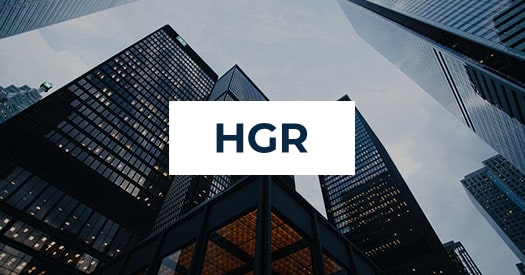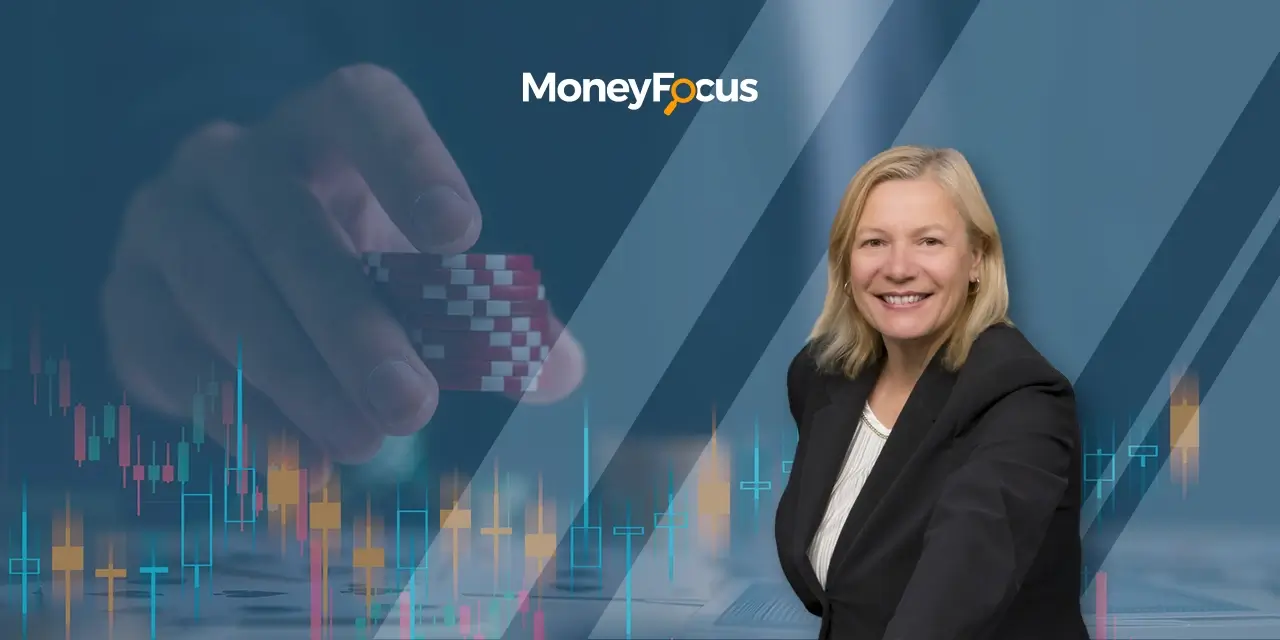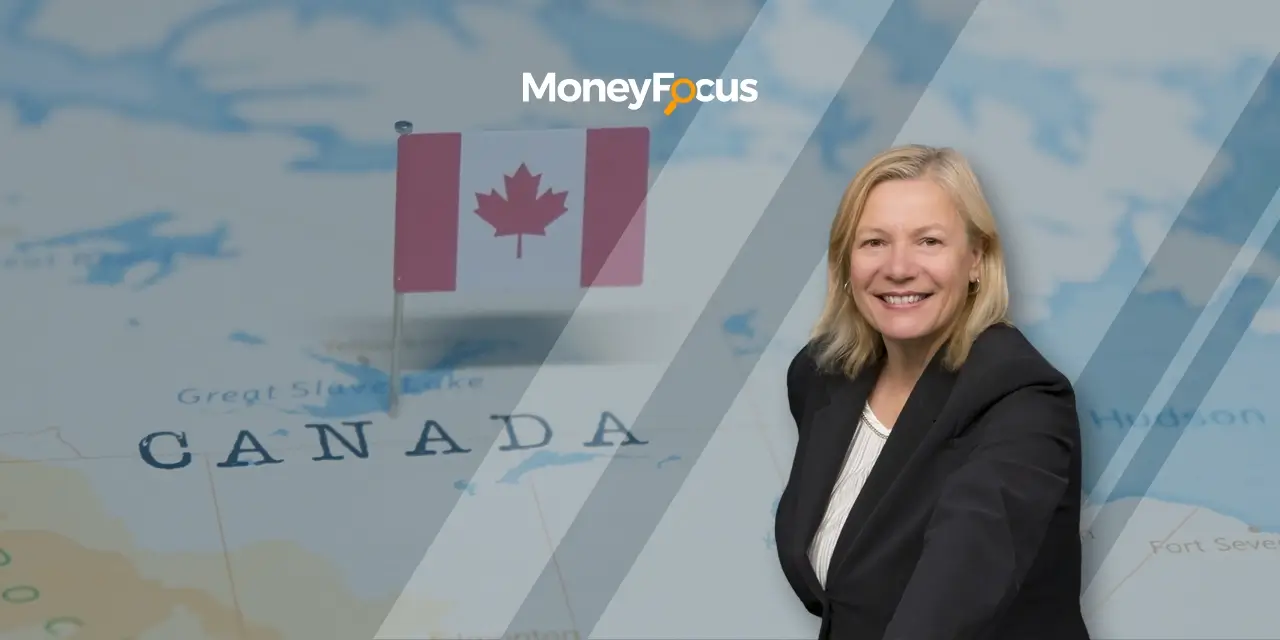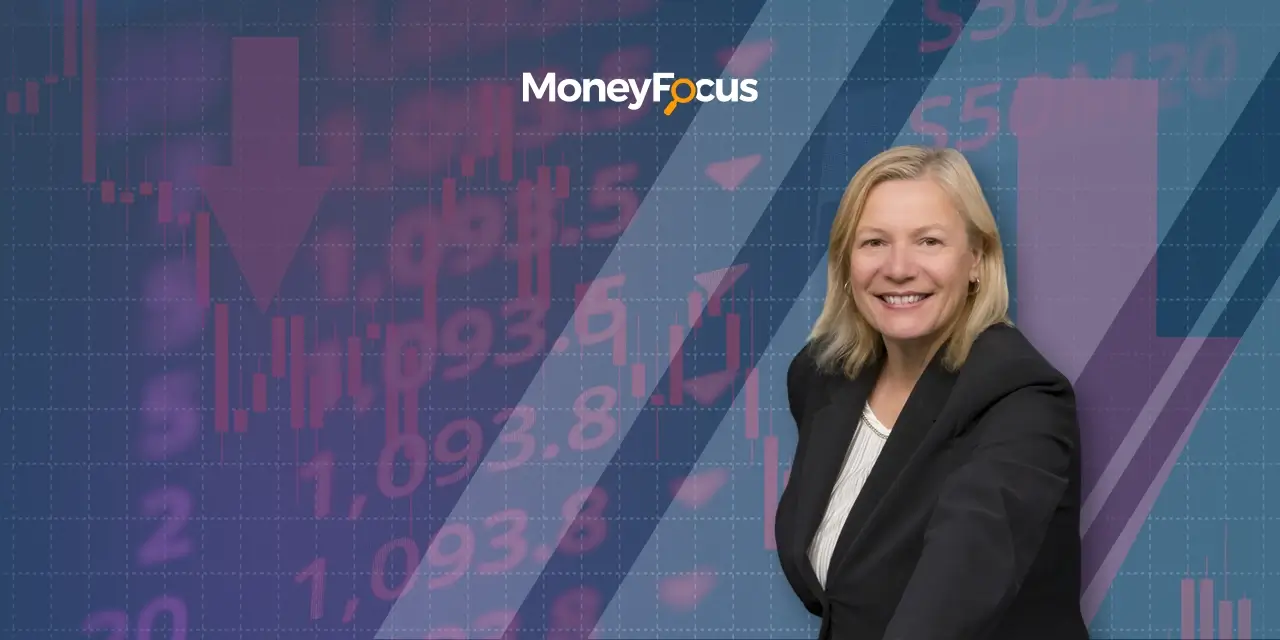This article originally appeared on Moneysense.ca and has been published here with permission.
What should you do with your RRIF right now? With talk of a recession, investors who self-manage their registered retirement income fund (RRIF) accounts may be wondering how best to protect their investment portfolios while still meeting their annual spending needs.
In general, for investors who already have a risk-appropriate portfolio in place, it’s often best to stay the course—even through a recession. That’s because it’s perfectly normal to experience poor market returns from time to time, and research shows that constantly switching up your investment strategy can lead to more harm than good.
That said, if the current environment of high interest rates, elevated inflation and volatile markets is giving you anxiety, maybe it’s time for an overhaul of your retirement savings. Here are three ideas that may help to protect your investment portfolio and generate income during tough economic times.
What is a RRIF?
A registered retirement income fund (RRIF) is an account designed to hold investments transferred from registered retirement savings plans (RRSPs) and certain other registered accounts.
You can convert your RRSP to a RRIF as early as age 55. At the latest, you must do so by the end of the year in which you turn 71. Once your RRIF is set up, you must begin minimum mandatory withdrawals—a percentage of your portfolio determined by your age—the following year.
1. Got cash? Consider a high-interest savings ETF
If you have cash in your RRIF, you can put it to work. The upside of the current higher-interest-rate environment is that investors can finally get a decent yield on their cash savings. It’s not enough of a boost to keep up with present inflation, mind you, but it’s better than having cash sit idly in your RRIF account earning nothing.
High-interest savings ETFs are growing in popularity with Canadians. They offer a way for investors to earn a high rate of return on their cash while keeping the funds liquid and accessible. That’s because high-interest savings ETFs trade on the stock market like a regular ETF and they offer interest rates that are competitive with high-interest savings account (HISA) options at online banks. Consider using a high-interest savings ETF for your short-term (i.e., this year’s) withdrawal needs.
Guaranteed investment certificates (GICs) are a great place to house expected RRIF withdrawals for the next one to five years, especially if you feel skittish about bonds. With GICs, you’re guaranteed to receive your principal and agreed-upon interest at maturity. There’s nothing safer. Today, investors can still get GIC rates at or above 5% for one- to five-year terms.
2. Increase the cash flow from your equities
Some retired investors prefer income-oriented investments, especially in periods of market volatility. While a total-return strategy that focuses on capital gains, dividends and interest may be more efficient and reliable, an income strategy does offer psychological advantages.
Many retirees like the idea of withdrawing their dividends and interest, without having to sell shares or ETF units to generate income. This preservation of capital feels particularly good when markets fall in value and income keeps rolling in every month or quarter.
A dividend-focused strategy can make sense in this case, and the simplest and most diversified way to do this is through a dividend ETF. Choose wisely, though. An ETF that holds a broad range of dividend payers may only churn out 2% to 4% of dividend income per year, whereas a “high-dividend” ETF that only holds companies with juicy dividend payouts may yield 5% or more in annual dividends. Keep this in mind as it relates to your minimum RRIF withdrawal requirements.
Finally, some yield-hungry investors are turning to ETFs that use a covered call writing strategy to generate additional cash flow from stock holdings. This strategy uses call options, a type of contract between two parties that gives the buyer the right, but not the obligation, to buy a stock at a certain price within a certain time frame. The buyer pays a fee (premium), which the seller keeps even if the buyer doesn’t end up exercising the option.
The Harvest Canadian Equity Enhanced Income Leaders ETF (HLFE) is an example of a covered call ETF. It holds the Harvest Canadian Equity Income Leaders ETF (HLIF), which has a portfolio of 30 large-cap Canadian dividend-paying companies and uses covered call writing plus modest leverage to help generate a higher monthly income (7.56% annual yield as of Feb. 24, 2023). (Learn more about call options and retirement.)
3. Consider investing in REITs
Real estate investment trusts (REITs) typically offer a higher monthly income than a broad-based dividend strategy. With REITs, investors get exposure to all kinds of properties including apartments, hotels, office buildings, shopping centres, storage facilities and warehouses. These properties generate income from rent, which are paid out to REIT unitholders.
The easiest way to invest in REITs is to use a REIT-focused ETF for maximum exposure and diversification. REIT investors can expect to see yields in the range of 4% to 6% annually (sometimes higher), with modest capital appreciation over time. The Harvest Global REIT Leaders Income ETF (HGR), a portfolio of large-cap REITs, currently yields 8.07% (as of Feb. 24, 2023) and uses an active covered call strategy to generate additional cash flow. Get more information about Harvest ETFs.
Investing in REITs does have a number of risk factors, including market and liquidity risk, so do your research.
About your RRIF account
RRIF account holders have a lot of investment options at their disposal. In some cases, too many choices can lead to second-guessing and constant tinkering with your portfolio. Decide what type of investment strategy suits your temperament as well as your short- and long-term needs.
Ideally, you want your RRIF portfolio to give you reliable withdrawals to meet your needs this year and possibly up to the next five years, if you’re a conservative investor. It’s possible to achieve this with a mix of high-interest savings ETFs and GICs.
For income-oriented investors, options include dividend-paying ETFs, monthly income ETFs, and ETFs that generate income through covered call writing. This type of income can soothe a nervous investor when the markets throw a tantrum.












